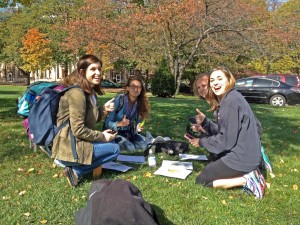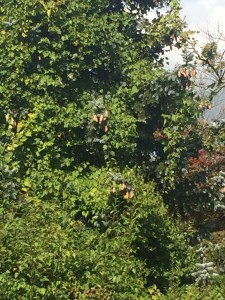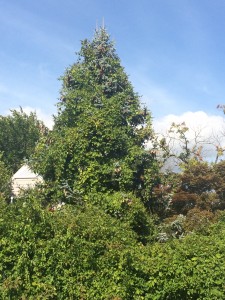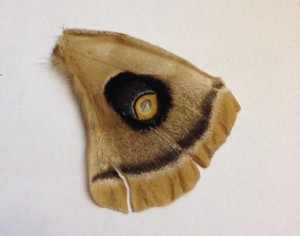Category Archives: invasive species
Quotes of Interest
“That most of our ecosystems are no longer rich is beyond debate, and today, most of the surviving remnants of the native flora that formed them have been finished offby development or invaded by alien plant species.”
pg. 10, Suburban Gardens
“If our native insect fauna cannot, or will not, use alien plants for food, then insect populations in areas with many alien plants will be smaller than insect populations in areas with all natives…But because so many animals depend partially or entirely on insect protein for food, a land without insects is a land without most forms of higher life”
pg. 12, Suburban Gardens
“We have excluded other species from our living spaces through thoughtlessness, not through need.”
pg 31, Suburban Gardens
Nature controlling other nature
This morning I went home for the weekend. I was interested to see how a month of Cultures of Nature would change my perspective on the nature I grew up in for 20 years. Sure enough when I stepped out of my car and did a 360 I noticed an Evergreen (pretty sure it is an Evergreen) tree in my neighbors side yard. It had been overtaken by ivy vines. It may be difficult to tell from these photos but the greenish blue of the Evergreen is barely visible because the ivy has just completely overtaken it.
In class we have discussed how nature has a tendency to take back control from humans (as we saw in Ginny’s Gorp a few weeks ago). Seeing this ivy vine take control of a strong and old Evergreen made me think about how nature can even take control over itself. Ivy is not the only plant that does so as we have seen along the Bushkill Creek, Japanese Knotweed is invading and controlling that environment.
Is this ivy another balancing act put on by nature? Should we let this happen or should my neighbor have intruded and trimmed the tree when he first saw the ivy growing?
citizen science
Russell’s book got me thinking about who is it that is doing citizen-science, since much of science is still dominated by white males, and to a lesser extent white females. It would seem that a positive attribute of citizen science is that it should remove most of the academic/economic/social (i.e. college degree) obstacles to participation in natural science, and thereby possibly appeal to folks from all walks of life. Indeed I did find several references to this while cruising the internet looking at citizen-science projects. This Hudson River Eel Project sounds particularly cool to me (cooler than tiger beetles). Here is a NYTimes op-ed about the project – well-worth a read.
In related matters, the other evening I saw entomologist Doug Tallamy (author of “Bringing Nature Home“, excerpts of which we will read later) speak about the ecological impacts of non-native plants in our home landscapes. Much of his data has been generated on his own 10-acre property, and he mentioned that he runs a citizen-science project, where people submit pictures of birds with insects in their bills, and he identifies the insects. It turns out that caterpillars (rich in protein, fats, and carotenoids) are really important in the diet of songbirds during the nesting season, and if there are no native trees and shrubs, there are very few caterpillars to be had, and thus few birds. Sounds like another version of Silent Spring? Here’s a description of his project.
remains of a nocturnal visitor
My kids found this lying on our flagstones early this summer. It is large (more than 2 inches across), very light, somewhat furry, and beautifully marked. Interesting enough to spark some family curiosity. We dug around a bit on the internet, and discovered that it was the hindwing of a Polyphemus moth.
And some related interesting facts:
silk moth decline?
why eyespots?
I also found out that any caterpillars feeding on tree leaves (i.e. many butterfly and moth caterpillars like that of the Polyphemus) are killed when the “organic” pesticide Btk is sprayed to control gypsy moths. Gypsy moth is an invasive species from Britain that was introduced with the intent to develop an American silkworm industry. Now it is a big nuisance, periodically causing mass defoliation of eastern forests. Next year is apparently going to be a big year for damage in eastern PA
Here is a nice animation of the spread of the gypsy moth west and south from Massachusetts in the 20th century.




